Going on a safari is at the top of many travelers’ bucket lists — and for good reason. Getting the chance to see wildlife in their natural habitat up-close-and-personal is phenomenal and for many travelers, a once-in-a-lifetime experience. Obviously, safaris are often unpredictable and are dictated by weather and the whereabouts of the wildlife — which is part of what makes them fun but has also led less ethical companies down a path of controlling variables by manipulating natural conditions.
Truly ethical safaris don’t interfere with the animals’ habitat or cause animals any direct harm. In short, they don’t impede wildlife at all. Many of the animals that folks want to see while on safaris in African countries such as Kenya, Rwanda, Tanzania, and South Africa are endangered species, meaning they aren’t hanging out all over the place. But their endangered status only serves to underscore the need to treat them with respect.
Safaris that support conservation can be a force for good and help contribute to the preservation of these at-risk animals. Here’s what makes a safari “animal-friendly” and how you can ensure yours is.
WHAT MAKES A SAFARI ANIMAL FRIENDLY
View this post on Instagram
An animal-friendly safari bases its operations around the natural behavior of the animals — allowing guests to observe wildlife in their natural habitat from a respectful distance without causing them distress. Ethical safaris support conservation efforts by funding donations, educating participants about conservation in the areas they visit, and research partnerships. For instance, South African National Parks use funds from safaris to improve animal habitats and discourage poaching.
Animal-friendly safaris also adhere to strict interaction guidelines that respect the wildlife in its natural habitat by limiting how many vehicles can surround a group of animals, minimizing noise to avoid disturbing animals, limiting time in a location, and completely banning chasing, feeding, touching, or any other sort of interaction. If a safari tour operator allows any of these things that’s a major red flag, as this is all done to prevent causing the animal human-imposed stress which can alter behavior and impact the animals’ chances of survival.
“Safari jeep drivers should be respectful of when to drive and how close to get to animals. A safari jeep can interfere with a life cycle event by spooking a cheetah stalking a herd of Thompson’s Gazelles,” wildlife veterinarian Dr. Gabby Wild says.
HOW YOU CAN ENSURE YOUR SAFARI IS ANIMAL-FRIENDLY
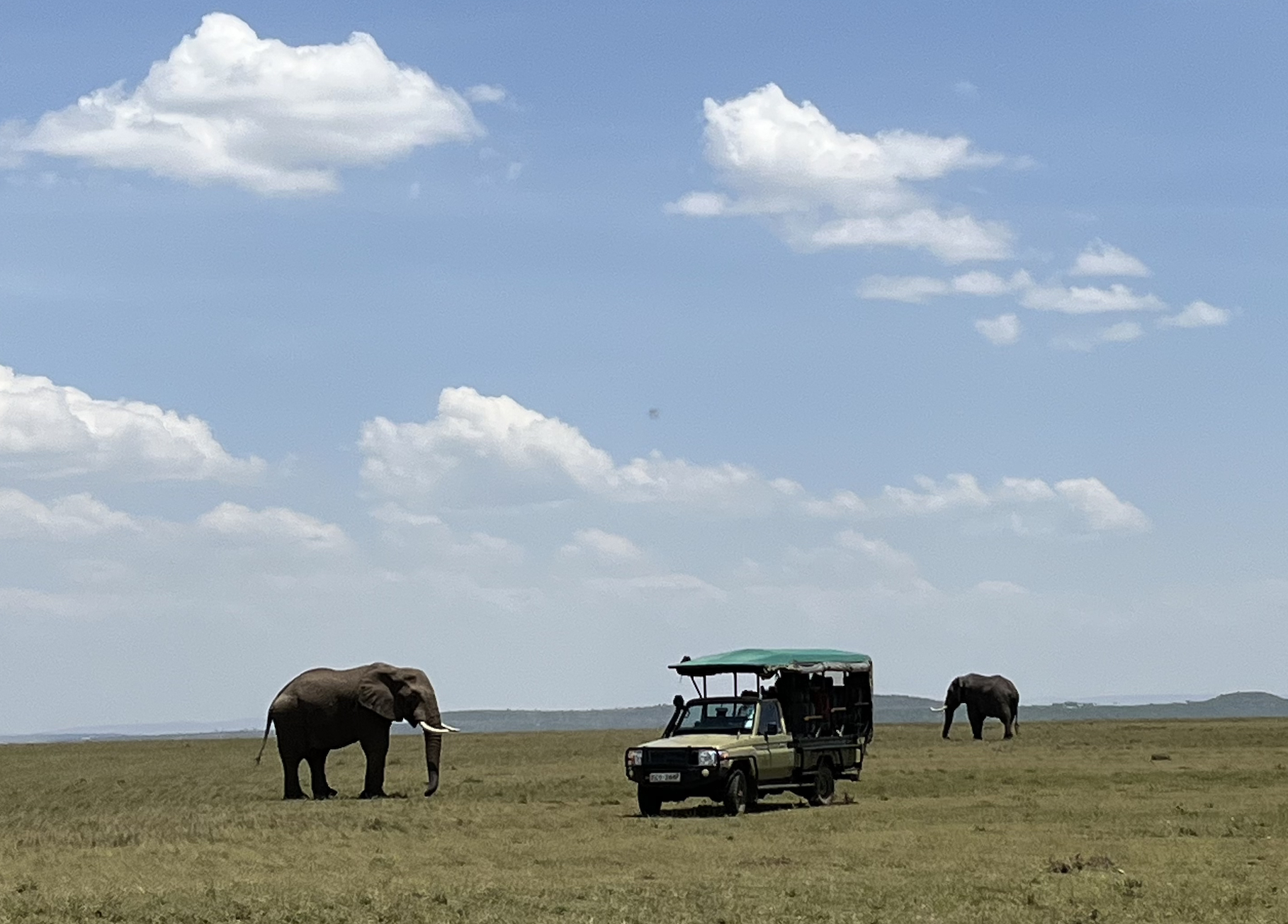
Dr. Wild recommends looking for safari operators who donate to conservation organizations or who may even partner with them to assist in research, aiding injured wildlife, and management of threatened populations. “A giveback component to the land is a huge sign that the company cares for what they do,” she says.
Other signposts to look for are safari operators that only use UV-filtered spotlights on night drives to ensure wildlife won’t be harmed or startled by white light. To avoid overcrowding, travel with safari operators that visit game reserves and National Parks where limited permits are available daily.
“Some actions protect wildlife beyond the obvious measures. Certain animals are highly targeted by poachers, so we don’t disclose the exact locations of such wildlife in our photos or on social media. Poachers could use this information to track and hunt these highly targeted animals under the cover of night,” Sherwin Banda, President of African Travel Inc, says.
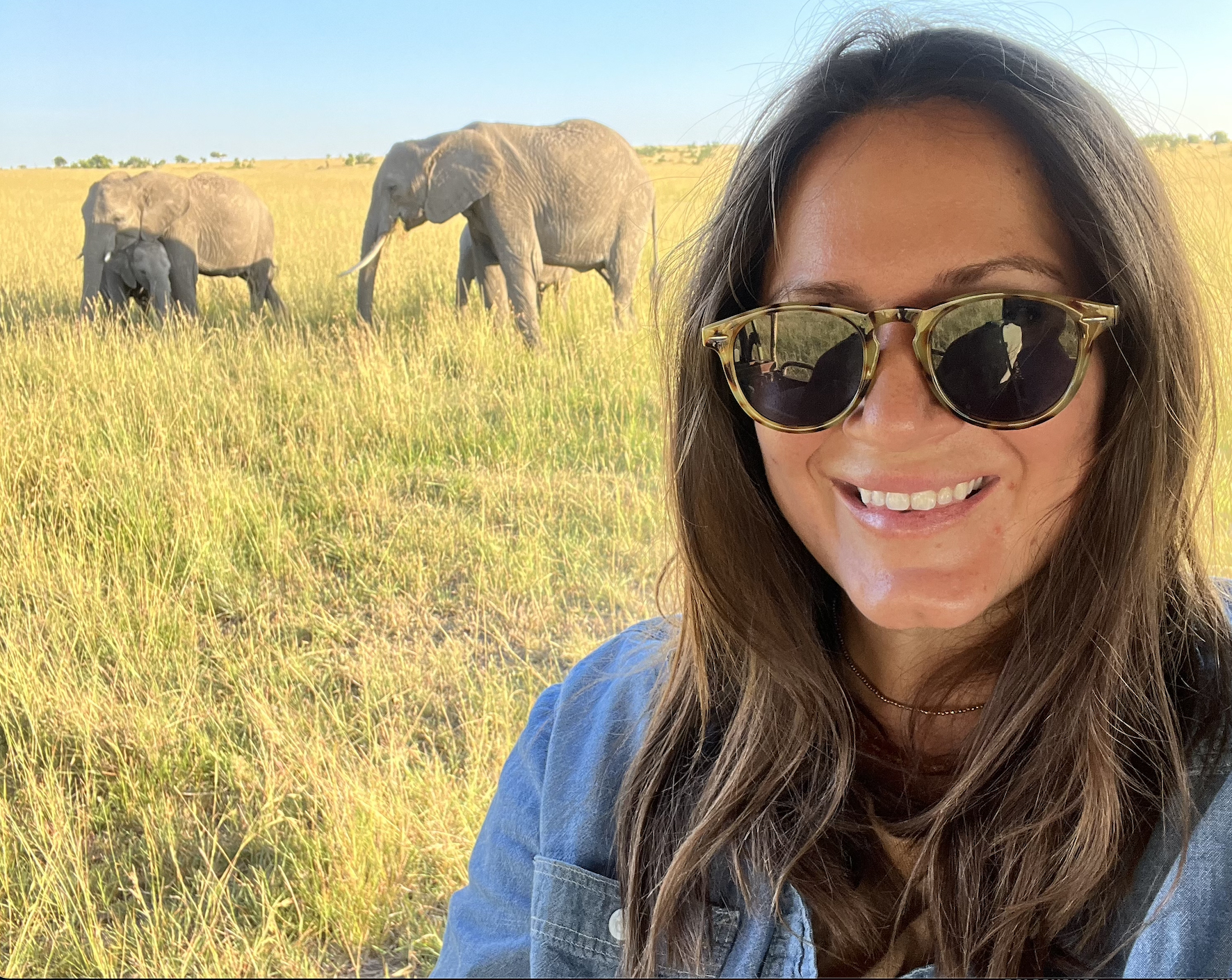
To make sure your safari is animal-friendly choose safari operators that don’t allow hands-on encounters such as walks with lions. The whole point of going on a safari is to be mesmerized by immersing yourself in the destination and having the opportunity to observe wildlife in its natural habitat — not forced interactions with exploited animals.
Prioritize going on safaris in lesser-visited parks. Rwanda’s Akagera National Park was once depleted and after over a decade of efforts now boasts a major increase in wildlife. It’s Central Africa’s largest protected wetland and has thriving populations of the Big Five — lion, leopard, elephant, rhino, and buffalo — as well as zebra, giraffe, antelope, and hundreds of bird species.
“Tourism contributes significantly to animal welfare as it brings financial investments to the destinations. By visiting these destinations, we not only protect wildlife but also provide economic benefits to local communities, particularly those working in rural areas, which can help support the sustainable protection of animal habitats,” Banda says.
TRY A GROUP-BASED ETHICAL SAFARI TOUR
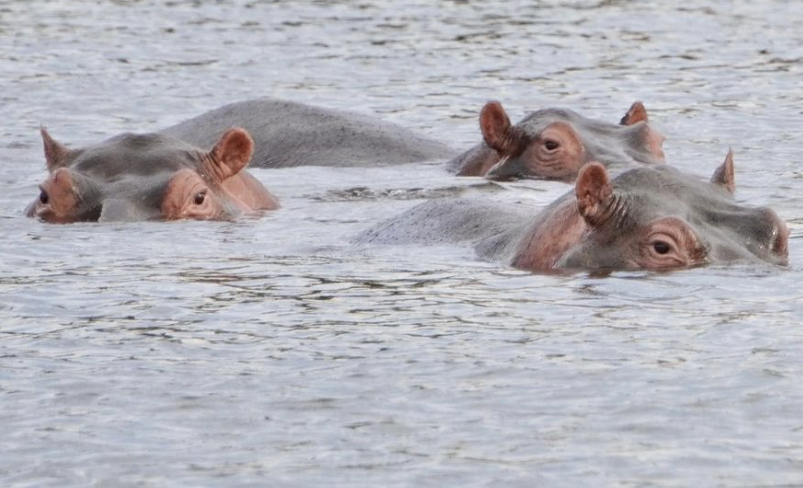
It can be overwhelming trying to ensure the safari you’re booking is animal-friendly. Fortunately, many travel companies offer group safaris and have already done the grunt work to make certain safaris are prioritizing the conservation of wildlife.
Intrepid Group, the largest travel B Corp in the world, centers responsible travel and avoiding animal exploitation in all of its itineraries — especially African safaris. Intrepid’s Animal Welfare Policy was developed with World Animal Protection (WAP). Intrepid Group was the first major travel company to ban the sale of elephant rides. Three of its South African tours (starting at $1,055) stay overnight at the Black Mambas’ headquarters in South Africa outside of Kruger National Park. Guests join the all-female anti-poaching unit on a bushwalk to help search for snares. The Intrepid Foundation also donates to the organization.
G Adventures has a collection of 17 wildlife tours around the globe endorsed by ethologist Dr. Jane Goodall that are rooted in the company’s Animal Welfare Policy. African safaris in the collection include group trips to Tanzania, Madagascar, Rwanda, Botswana, and South Africa. G Adventures’ new luxury category, The Geluxe Collection, includes a South Africa trip ($6,299)where guests learn about wildlife tracking at the Pridelands Conservancy.
LOOK INTO PETA-CERTIFIED ANIMAL-FRIENDLY SAFARIS
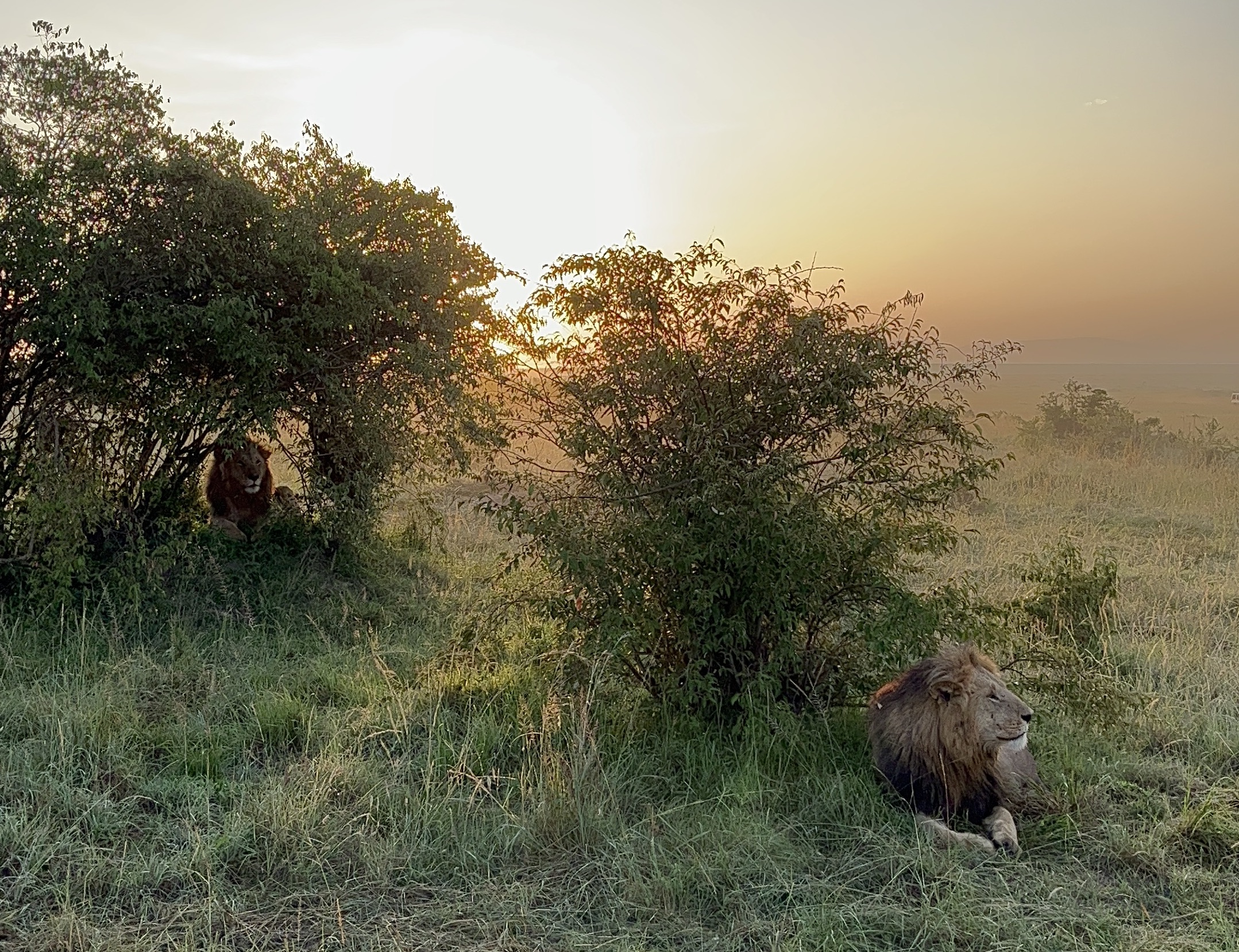
PETA, the world’s largest animal rights organization, recognizes companies for their efforts to create animal-friendly safaris on protected reserves or in National Parks. PETA considers animal-friendly safaris to be small group tours that maintain a respectful distance from wild animals. All of the PETA-approved safari companies offer exclusively vegan menus, toiletries that weren’t tested on animals, linens that contain no animal ingredients, and no exposure to illicit trophy hunting.
On the PETA-approved list is Alluring Africa which partners with Vegans, Baby CEO and founder Diana Edelman on luxury vegan safaris ($7,650) focused on conservation. The company’s safari camp on the 320,000-acre Selinda Reserve in Botswana was a former hunting reserve and is now a hotspot for wildlife including large prides of lions, hyenas, leopards, and cheetahs.
Kings Camp ($850 a night for all-inclusive stays) in South Africa is recognized by PETA for its luxury safari in the Timbavati Private Nature Reserve. The camp faces an open savanna plain with an active waterhole frequently visited by wildlife. In Botswana, Vegan Safari Africa guests stay at the Deception Valley Lodge which used to be a massive cattle farm before it was rewilded to create corridors for migration, and waterholes.
SEEK OUT SAFARI OUTFITTERS THAT RESPECT THE ENVIRONMENT AND ECOSYSTEMS
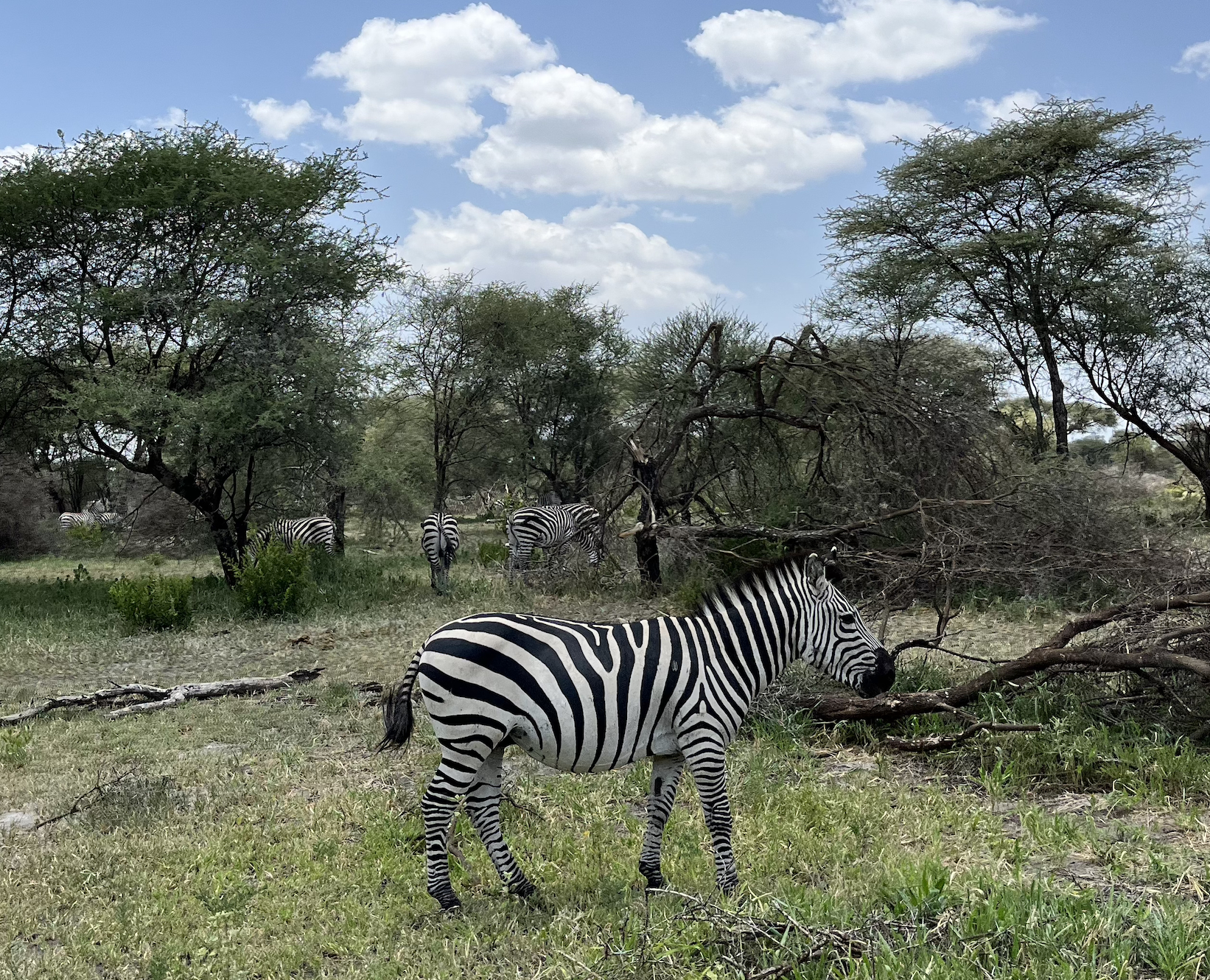
In addition to PETA’s recommendations, there are several other do-good safari outfitters. Travelers interested in a safari experience that prioritizes the well-being of wildlife have many options.
My favorite safari outfitter that I’ve traveled with to date is Saruni Basecamp, a sustainable tourism company with solar-powered safari lodges. All-inclusive safaris start at $2,360. The 50,000-acre Naboisho Wildlife Conservancy in Kenya was the best game drive I’ve been on as it’s less visited, has an abundance of wildlife, and the Maasai guide was intimately acquainted with the land. I watched lions mate and a wildebeest be born. Basecamp established the Naboisho Wildlife Conservancy in 2010 through a long-term partnership with the Maasai people. Basecamp has also launched a local guiding school and exclusively employs local Maasai people at its lodges. The Basecamp Explorer Foundation projects include the reforestation of the Masai Mara, the Enjoolata education center, local waste collection in Talek, a women’s fair trade craft project, and more.
In Tanzania, Sababu Safaris makes bespoke itineraries with custom pricing and prioritizes responsible engagement with wildlife with a focus on social sustainability while visiting Kilimanjaro, Tarangire National Park, Southern Serengeti National Park, Lake Eyasi, and more. “Extensive research demonstrates responsible wildlife tourism sustains National Parks and wildlife conservancies and also bolsters the welfare of local communities,” Denise Brown, co-founder of Sababu says. Guests on Sababu Safaris help distribute water filters and solar lights to tribespeople.
Natural Habitat Adventures is the official travel partner of the World Wildlife Fund and is dedicated to all wildlife viewing experiences on their itineraries being ethical and nonthreatening to the animals. The flagship safari Secluded Botswana Safari ($16,495) takes travelers to see elephants, lions, buffalo, zebra, antelope, and more in the Okavango Delta, all from an ultra-quiet electric safari vehicle.







